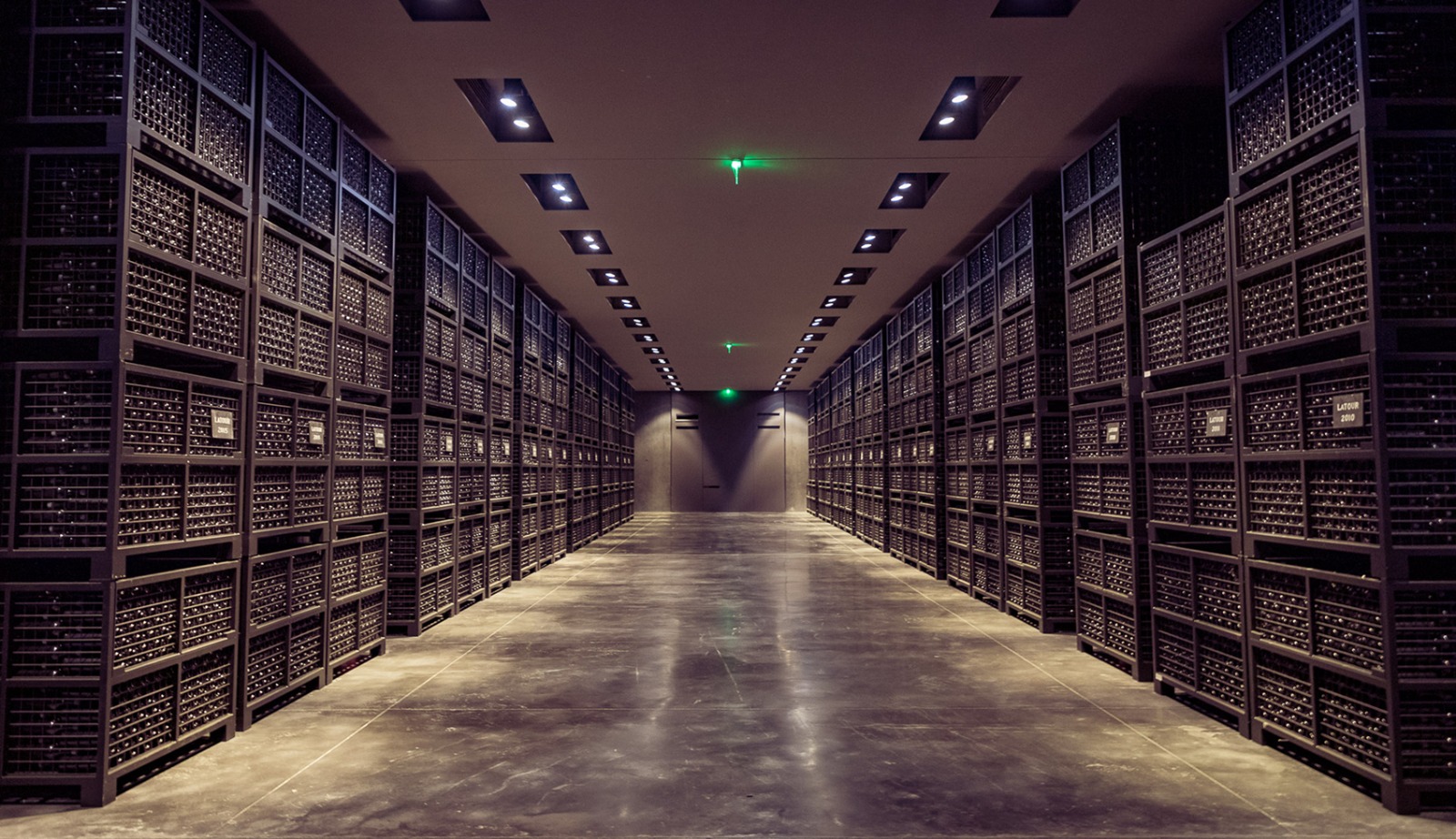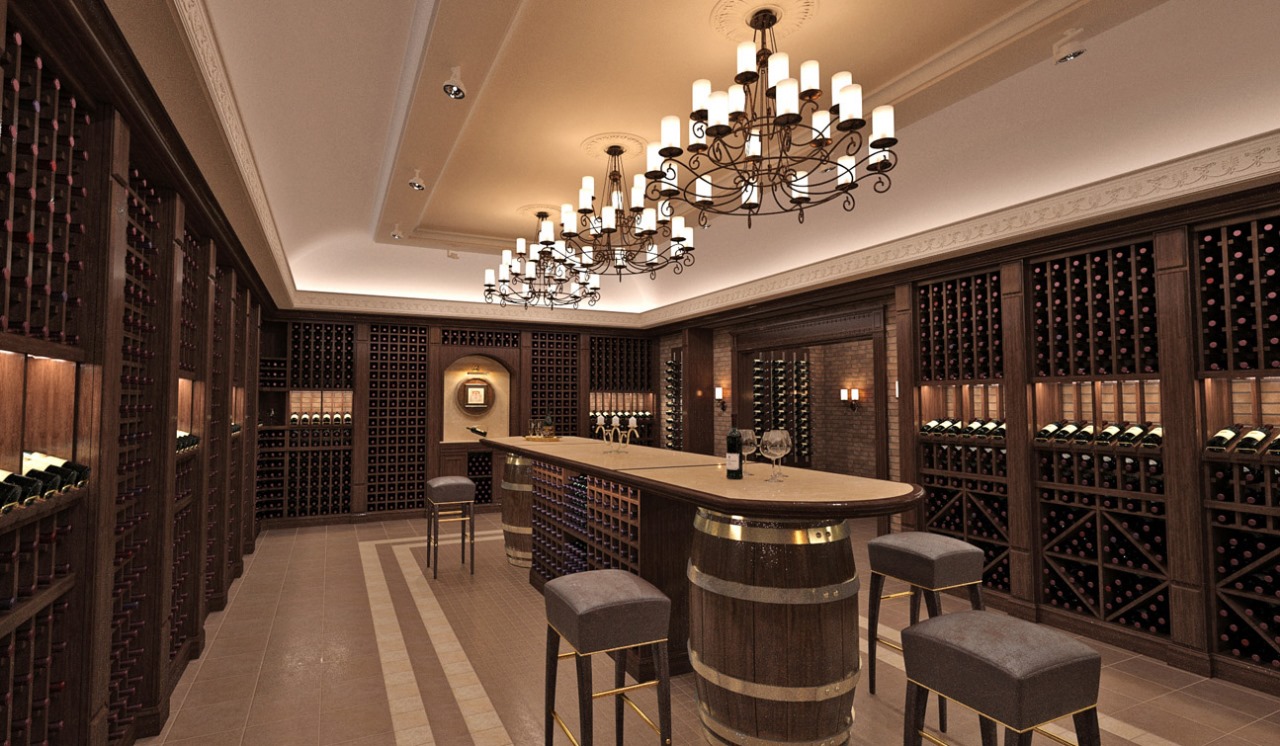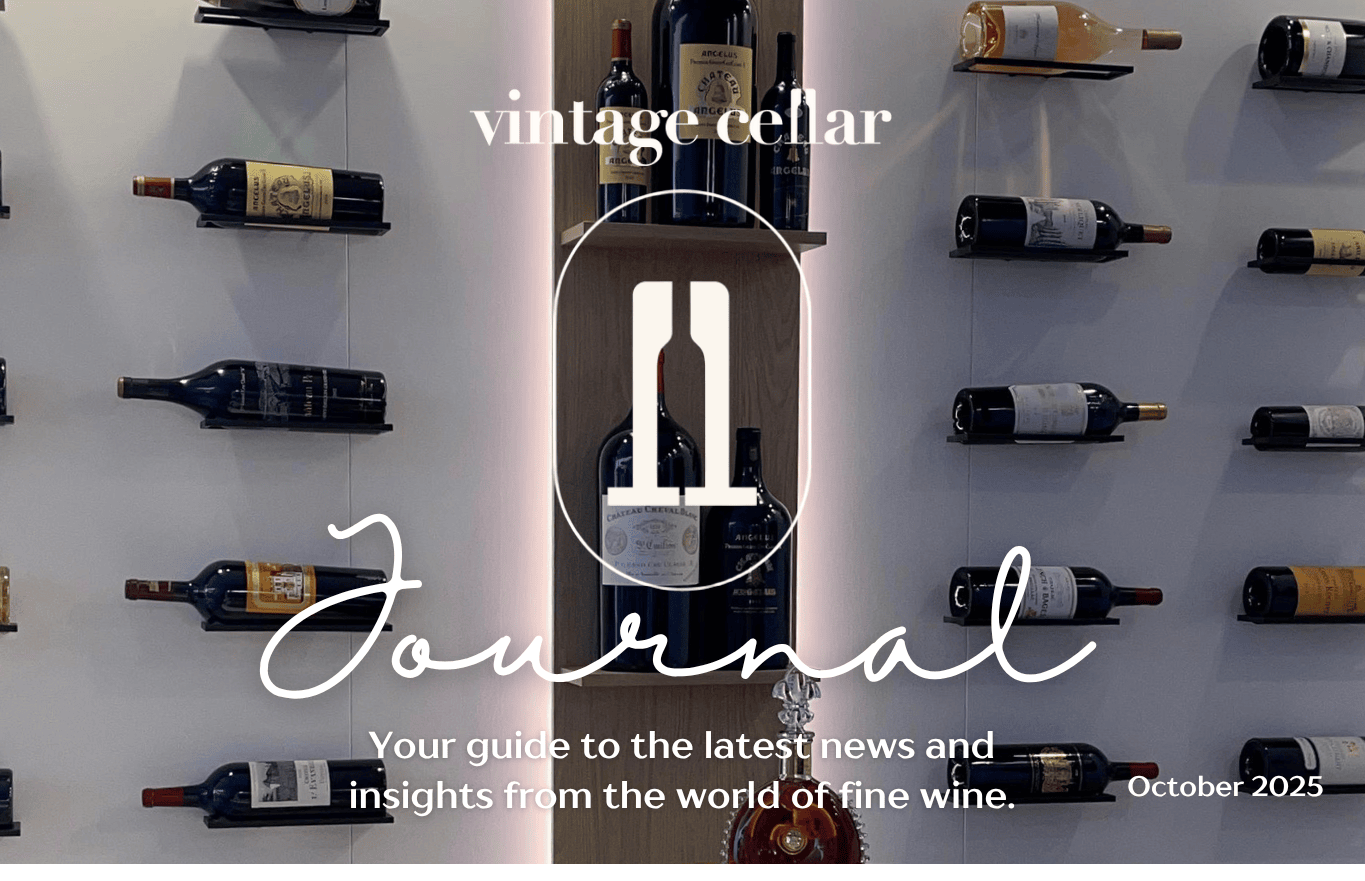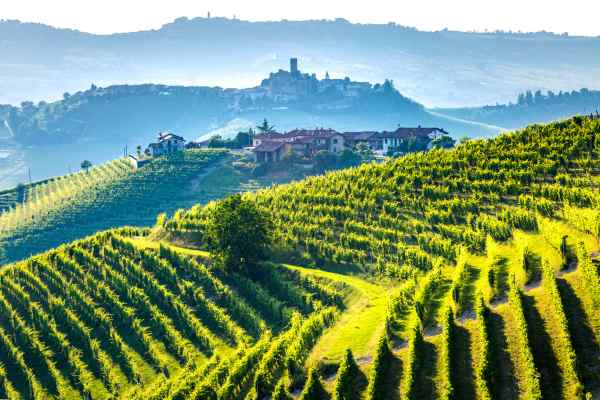Crafting a Premier Wine Collection: A Legacy of Taste and Elegance
Crafting a premier wine collection is a journey one that involves knowledge, planning, patience, and passion. It’s a personal and evolving commitment that goes beyond simply buying bottles. Whether you’re stocking your cellar with Bordeaux classics, exploring boutique labels, or discovering emerging wine regions, your collection reflects your palate, values, and lifestyle. From choosing the right vintages to storing them with care, wine collecting becomes an art that grows richer with experience. For many, this process is about more than taste it’s about building a legacy worth sharing with future generations.
1. Understanding Vintage Cellar and the Foundation of a Wine Collection
Vintage Cellar is a fine wine advisory platform designed to support collectors at every stage, offering expert services, tailored advice, and access to exclusive wine selections. Unlike retail-focused storage companies, Vintage Cellar takes a more personal and consultative approach. Their advisors help clients build structured portfolios that align with both taste and long-term appreciation goals. With a focus on secure, climate-controlled storage especially in Bordeaux the platform ensures that each bottle matures under optimal conditions. Whether you’re a new enthusiast or a seasoned connoisseur, their insights help you make informed decisions, invest wisely, and enjoy the wine you love with confidence.
2. Why Start a Wine Collection?
Pleasure and Education
Creating a wine collection opens up a world of discovery. You’ll learn to identify subtle flavor profiles, regional terroirs, and the effect of vintage variations. Tasting wine becomes a meaningful journey of education each bottle tells a unique story about where it came from and how it was made. Sharing this learning process with friends and family adds an enjoyable social dimension to collecting.
Investment and Legacy
Well-chosen wines often appreciate in value, especially those with proven aging potential. Collecting wine offers a tangible way to diversify assets while indulging in a passion. Over time, your cellar may become a valuable heirloom that carries your taste and experiences forward into future generations.
Hosting and Lifestyle
Having your own curated wine collection makes entertaining more special. Imagine offering your guests a carefully selected vintage rather than something picked up last-minute from the local store. Your home becomes a space of cultural richness and hospitality, where wine takes center stage in unforgettable moments.
Artistic and Aesthetic Enjoyment
A wine cellar can be a visual statement. Whether you prefer a rustic brick vault or a modern, glass-encased display, the design and ambiance of your wine storage reflect your personality. Over time, your collection becomes an extension of your home’s elegance and character.
3. Getting Started: Wine Collecting Tips for Beginners
Define Your Goals and Budget
Before purchasing, ask yourself what you want from your wine collection. Is it for casual enjoyment, investment, or a mix of both? Consider setting a budget that allows for experimentation but also accounts for long-term growth. Begin with reliable regions like Burgundy, Rioja, or Napa Valley, which offer a balance of approachability and aging potential.
Research and Seek Wine Advisory
Knowledge is essential in building a thoughtful collection. Work with trusted platforms like Vintage Cellar to access curated selections and personalized guidance. Their wine advisory services are designed to match your taste with market insights, helping you make smarter purchasing decisions over time.
Choose Styles and Regions
A balanced collection includes a variety of regions, grape types, and styles. French reds, Italian whites, New World blends, and sparkling wines all bring different elements to your cellar. This diversity not only enriches your wine experience but also provides options for different occasions and food pairings.
Keep Records
Maintaining detailed notes is crucial. Use tools like CellarTracker or a personal wine journal to log each bottle’s origin, purchase date, aging window, and tasting experience. Over time, these notes become a roadmap for refining your preferences and planning future purchases.
4. Wine Storage Temperature: The Key to Longevity
Wine is sensitive to temperature fluctuations, and maintaining an ideal wine storage temperature is essential for preserving quality. The optimal range of 10 to 13 degrees Celsius, or 50 to 55 degrees Fahrenheit, helps wine age gracefully without premature oxidation. Warmer conditions can accelerate chemical reactions in the wine, while colder temperatures may slow aging too much or risk freezing.
Unstable environments where temperature shifts frequently can push air through the cork, leading to oxidation and flavor loss. This is especially harmful for age-worthy wines that rely on slow, controlled maturation. A proper climate-controlled setting keeps the wine stable, ensuring its evolution happens at a natural pace.
If you’re storing premium bottles or building a long-term collection, investing in equipment that maintains steady temperature is non-negotiable. It’s a fundamental part of protecting both the taste and the value of your wine over time.
5. How to Store Wine Long Term: Crafting the Right Environment
Choose the Right Space
Select a storage area away from direct sunlight, heat sources, and vibrations. Ideal spaces include basements, custom-built cellars, or purpose-built wine refrigerators. Avoid locations near laundry machines, heating systems, or exterior walls that experience temperature changes.
Decide Between Active and Passive Storage
Passive storage uses natural insulation, such as underground basements, to maintain a stable climate. Active storage, however, relies on specialized cooling and humidity control systems. If your environment lacks consistency, especially in dry or hot climates, active solutions are better for safeguarding your collection.
Maintain Wine Cellar Humidity
Humidity plays a vital role in long-term wine preservation. Ideal wine cellar humidity is between 60 and 70 percent, which keeps corks from drying out and shrinking. A dry cork can allow air to seep in, oxidizing the wine and degrading its flavor and aroma over time. Conversely, too much humidity can damage labels and lead to mold.
Invest in High-Quality Racking and Doors
Durable wood or metal racking provides stability, while dual-pane glass doors offer insulation and UV protection. If your cellar is on display, choose materials that balance functionality and design. The goal is to preserve wine integrity while complementing your interior aesthetics.
Prevent Light and Vibration
Light, particularly UV rays, can deteriorate wine by altering its chemical structure. Use soft, low-output LED lighting in the cellar, and avoid clear glass exposure unless treated. Vibration is another concern excessive movement can disturb the sediment and alter flavor, so ensure your storage location is calm and stable.
6. Best Wine Preservation Techniques
Preserving wine requires attention to both unopened and opened bottles. Proper orientation storing bottles on their sides keeps corks moist and sealed. This prevents unwanted oxygen from sneaking in and causing premature aging.
Use climate-controlled wine fridges or cellar zones that maintain both temperature and humidity consistency. Avoid moving bottles unnecessarily, and try to store them in a place where they won’t be disturbed. Some collectors even use motion-dampening racks for added protection.
For opened bottles, wine preservation tools like vacuum pumps or argon gas sprays can help extend freshness. These methods slow oxidation, allowing you to enjoy a bottle over multiple days without sacrificing quality. Consistently applying these techniques will keep your wine collection in top condition for years.
7. Building Your Cellar: Practical Steps
| Step | Action |
| 1 | Choose your storage location based on climate, space, and convenience. |
| 2 | Install proper insulation with vapor barriers and high R-value materials to maintain temperature. |
| 3 | Set up climate control systems for cooling and maintaining humidity. |
| 4 | Add durable and scalable racking to accommodate bottle growth. |
| 5 | Include monitoring tools like digital thermometers and hygrometers to track conditions. |
| 6 | Install adjustable, UV-safe lighting to illuminate without harming the wine. |
| 7 | Begin collecting a mix of wines suitable for early drinking and long-term aging. |
| 8 | Use cellar management software or an app to log, rotate, and manage your collection efficiently. |
8. Wine Collecting Tips for Beginners
Start smart by buying in full or half cases. This helps ensure consistency among bottles and often results in better pricing. You’ll also be able to track how a specific wine evolves over time by sampling one bottle each year.
Stay educated about vintages and regions. Learn which years produced great wines in your preferred areas and seek out highly rated producers with strong aging potential. This knowledge helps you avoid overpaying or storing wines that won’t benefit from time.
Diversify your cellar with reds, whites, rosés, and sparkling wines. This not only expands your tasting experience but also ensures you have wine for every mood and occasion. Take advantage of winery tours or advisory services to deepen your understanding and find new favorites.
9. The Vintage Cellar Advantage: Advisory and Services
Vintage Cellar offers collectors more than just access to wines it provides a full ecosystem of support. With their personal wine advisory service, you’ll get curated recommendations tailored to your taste, budget, and aging goals.
Their climate-controlled storage facilities in Bordeaux are fully insured, ensuring peace of mind for collectors concerned about value preservation. These secure cellars protect your collection from temperature fluctuations, theft, or damage.
Their seasonal cellar plans introduce you to wines you may never have found on your own. By enrolling in a plan, you receive a thoughtful mix of bottles ready to drink or age, simplifying the acquisition process while still prioritizing quality.
10. Smart Cellar Strategy: Balanced Acquisition
Everyday Wines
Start with accessible bottles that you enjoy regularly. These wines give you a foundation and prevent you from dipping into aging-worthy bottles too early. Look for solid value wines from Spain, Chile, or southern Italy that offer good quality at an affordable price.
Aging Projects
Set aside funds to invest in 10 to 20 bottles that can improve over the next five to twenty years. These aging wines should come from producers known for their longevity, such as Barolo, Bordeaux, or Rioja.
Rare and Investment Wines
Over time, include a few rare finds limited releases or wines from prestigious producers with proven market value. Partner with trusted platforms like Vintage Cellar to ensure authenticity and provenance.
Tasting and Sharing Stock
Finally, build a rotating collection of wines ideal for entertaining. Include sparkling wines, versatile whites, and medium-bodied reds that please a range of guests and pair well with food.
11. Aging, Tasting, and Managing the Collection
Create a tasting calendar based on estimated drink-by dates. This helps you maximize enjoyment while ensuring nothing is overlooked or forgotten. Organize tastings with friends or family to enjoy bottles at their peak and learn through experience.
Document each tasting with notes on aroma, structure, and evolution. This information helps inform future purchasing decisions and captures your journey as a collector.
If your collection exceeds a certain value, consider insuring it through specialized providers. Keep receipts and records of provenance to make claims easier and preserve the investment quality of your wine.
If you plan to sell or pass your collection on, prepare a complete inventory, valuation, and cellar history. This information adds credibility and helps future owners understand the story behind each bottle.
12. Wrapping It Up: Turning Hobby into Heritage
Starting a collection is an exciting and enriching pursuit. By setting clear goals and learning through expert wine advisory, you build a strong foundation. Maintaining proper wine storage temperature, monitoring wine cellar humidity, and following the best wine preservation techniques will ensure your bottles thrive for decades.
Begin with a few bottles, track your progress, and let your cellar grow organically. The key is to remain curious, methodical, and intentional. Over time, your collection becomes more than a hobby it becomes a personal archive of taste and tradition.
With the right strategies, your wine collection evolves into a legacy, one that holds not only value but the memories and experiences that make it uniquely yours.
Cheers to Your Journey
Embarking on your wine collecting journey is a decision to pursue beauty, culture, and craftsmanship. Every bottle represents a story waiting to be discovered. With a commitment to learning and the right storage and preservation practices, your collection will grow into something truly meaningful something to savor today, tomorrow, and for years to come.










